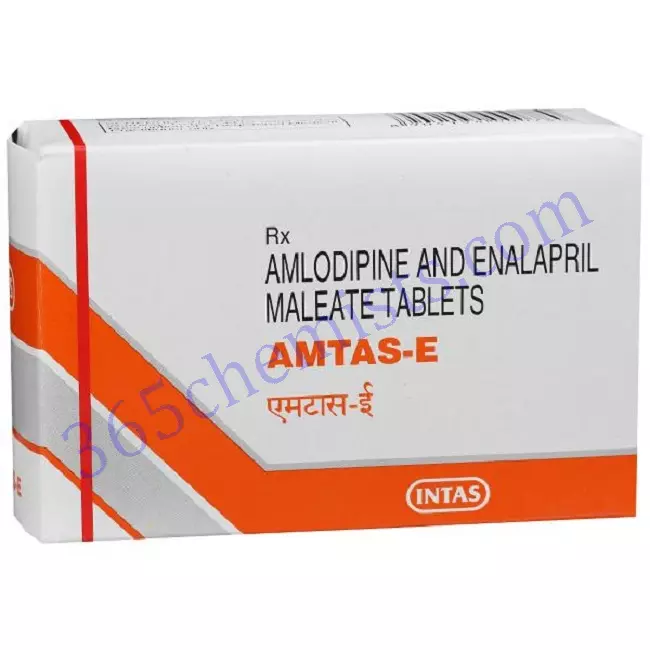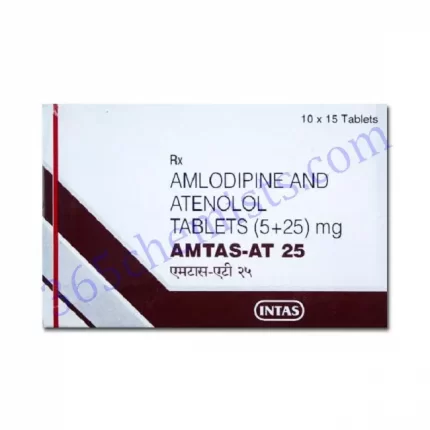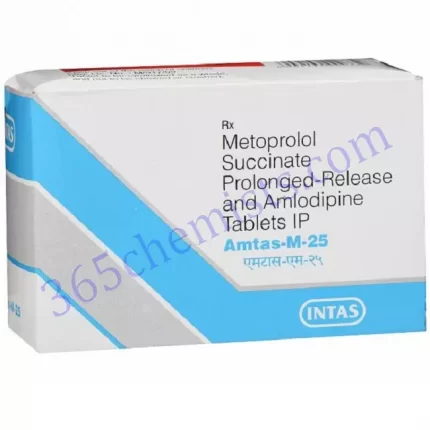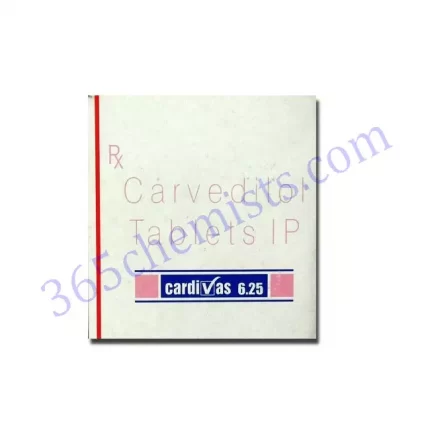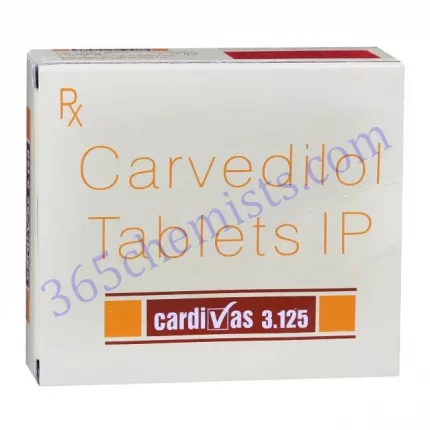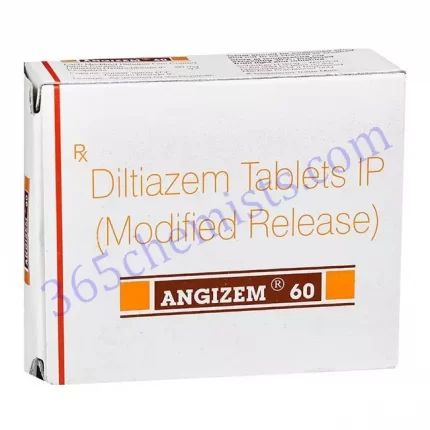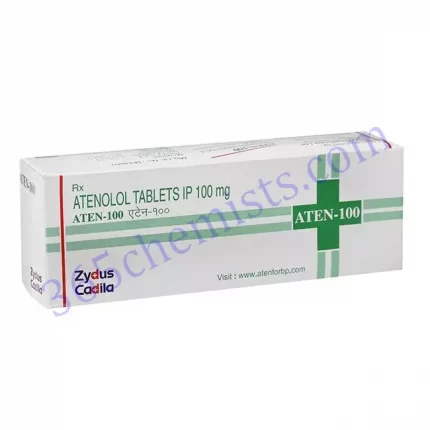Amtas-E Tablet (Amlodipine 5mg/Enalapril 5mg): A Comprehensive Description
Amtas-E Tablet is a combination drug that comprises two active components, Amlodipine and Enalapril. These two chemicals work together to treat hypertension. The primary application for this medicine is in the therapy of hypertension, which is also known as high blood pressure. Amlodipine is a calcium channel blocker, and enalapril is an angiotensin-converting enzyme (ACE) inhibitor. Together, the benefits of these two medications can help decrease blood pressure. They are combined in this pill. In this in-depth analysis, we will discuss the ingredients that make up Amtas-E Tablet, as well as its mode of action, therapeutic applications, recommended dosage, potential adverse effects, and safety precautions.
Composition and Mechanism of Action
Amlodipine and Enalapril are the two active components that make up the Amtas-E Tablet. Amlodipine is able to lower blood pressure because it acts by blocking calcium channels in the blood arteries. This results in vasodilation and reduced peripheral resistance, both of which lead to a reduction in blood pressure. Enalapril is an ACE inhibitor, which means it prevents angiotensin I from being converted into the more potent form of the hormone angiotensin II. Enalapril helps relax and widen blood vessels by preventing a conversion that contributes to high blood pressure. This results in an additional reduction in blood pressure.
Therapeutic Uses
The primary purpose for which Amtas-E Tablet should be utilised is in the management of hypertension. This prescription helps lower blood pressure and reduces the risk of cardiovascular consequences associated with uncontrolled hypertension, such as heart attack, stroke, and renal issues. Because it combines the actions of amlodipine and enalapril, this medication is able to accomplish both of these goals. Additionally, it may be utilised in the treatment of heart failure as well as some varieties of angina (chest pain).
Dosage and Administration
A healthcare expert should establish the appropriate dosage of Amtas-E Tablet for an individual patient based on the patient’s condition and how well they respond to treatment. It is essential to ensure that the dosage and administration instructions provided by the doctor are strictly adhered to at all times. The tablet should be swallowed whole, either with or without meals, and ideally should be taken at the same time every day. Take the tablet as directed, along with a full glass of water. Even if you are feeling OK, it is imperative that you continue taking the Amtas-E Tablet exactly as directed by your doctor because high blood pressure frequently does not have any symptoms.
Possible Side Effects
Amtas-E Tablet, like any other drug, has the potential to cause adverse effects in some people. Dizziness, headache, flushing, cough, gastrointestinal problems including nausea or diarrhoea, and changes in renal function are some of the common adverse effects that could occur. These unwanted effects are typically not severe and only last for a short period of time before disappearing on their own as the body adjusts to the medicine. Nevertheless, it is imperative that you seek medical assistance if any of these unwanted effects continue or become even worse. There is a remote possibility that the patient could experience more serious adverse effects, such as allergic reactions, swelling of the face or throat, or low blood pressure. In the event that any of these potentially life-threatening adverse effects manifest, prompt medical assistance is essential.
Related Product
Amtas M 50 Tablet
Amtas M 25 Tablet
Amtas E Tablet
Amtas AT 25 Tablet
Amtas LP Tablet
Amtas HT Tablet
Amtas AT Tablet
Amtas 10 Tablet
Amtas 5 Tablet
Amtas 2.5 Tablet
Precautions and Warnings
Before beginning treatment with Amtas-E Tablet, it is essential to communicate any preexisting medical problems, allergies, or any medications that you are currently taking to your healthcare professional. This information is helpful in ensuring that the medication is used in a way that is both safe and effective. Patients who have a history of diseases affecting the heart, liver, or kidneys, diabetes, or certain types of allergic reactions should be treated with extra caution. There is a possibility that the Amtas-E Tablet will interact negatively with other medications, including but not limited to other antihypertensive drugs, diuretics, non-steroidal anti-inflammatory drugs (NSAIDs), and some diabetes medications. As a result, it is essential to make the healthcare practitioner aware of any and all medications that are currently being taken.
Safety and Precautions
To guarantee that the Amtas-E Tablet is used effectively and safely, specific safety precautions should be adhered to whenever the product is being utilised. The following are some essential considerations to keep in mind:
- Allergies: If you have any known allergies to medications such as Amlodipine, Enalapril, or any other medications, you should inform your healthcare professional. This information is essential in lowering the risk of any allergic responses that may occur.
- Conditions Relating to Your Health Be sure to disclose any and all conditions relating to your health, including but not limited to diabetes, renal disease, liver disease, and heart disease. Because of these factors, it is possible that the Amtas-E Tablet is not appropriate for your needs.
- Pregnancy and Breastfeeding: If you are pregnant, are breastfeeding, or are trying to become pregnant, you should talk to your doctor about the possible risks and advantages of using Amtas-E Tablet during these times. They will decide whether or not the drug is suitable for your condition before giving it to you.
- Interactions with Other Medications There is a possibility that Amtas-E Tablet will interact negatively with other medications, including but not limited to other antihypertensive drugs, diuretics, non-steroidal anti-inflammatory drugs (NSAIDs), and some diabetes treatments. Talk to your primary care physician about all of the medicines you are currently taking so that you can avoid any negative drug interactions.
- Monitoring Your Blood Pressure It is important to monitor your blood pressure on a regular basis and to keep all of your follow-up appointments with your doctor so that your healthcare provider may assess how well the medicine is working for you and make any required adjustments to your treatment plan.
- Dizziness and Lightheadedness: It is possible that taking an Amtas-E Tablet will cause you to feel dizzy or lightheaded, especially when you first start taking the medication. Until you are aware of how the drug affects you, it is best to refrain from engaging in activities such as driving or operating machinery that need attentiveness.
- renal Function It is possible that the Amtas-E Tablet will have an effect on the renal function of some people, particularly those who already have kidney disease. It is essential to perform routine monitoring of renal function while undergoing therapy.
Conclusion
A highly effective therapy option for hypertension is the Amtas-E Tablet, which combines the medications amlodipine and enalapril. It helps lower blood pressure and reduces the risk of cardiovascular problems by combining two different types of medications: a calcium channel blocker and an ACE inhibitor. However, it is essential to take the medication exactly as directed, to report any adverse effects in a timely manner, and to stick to the safety measures that have been outlined.
Amtas-E Tablet should only be used under the direction of a qualified healthcare practitioner who can provide you with individualised advice and direction. They will be able to make precise recommendations for you based on your individual requirements and health background. Amtas-E Tablet has the potential to be a useful tool for the management of hypertension and the promotion of cardiovascular health if it is used correctly, monitored carefully, and checked frequently.

